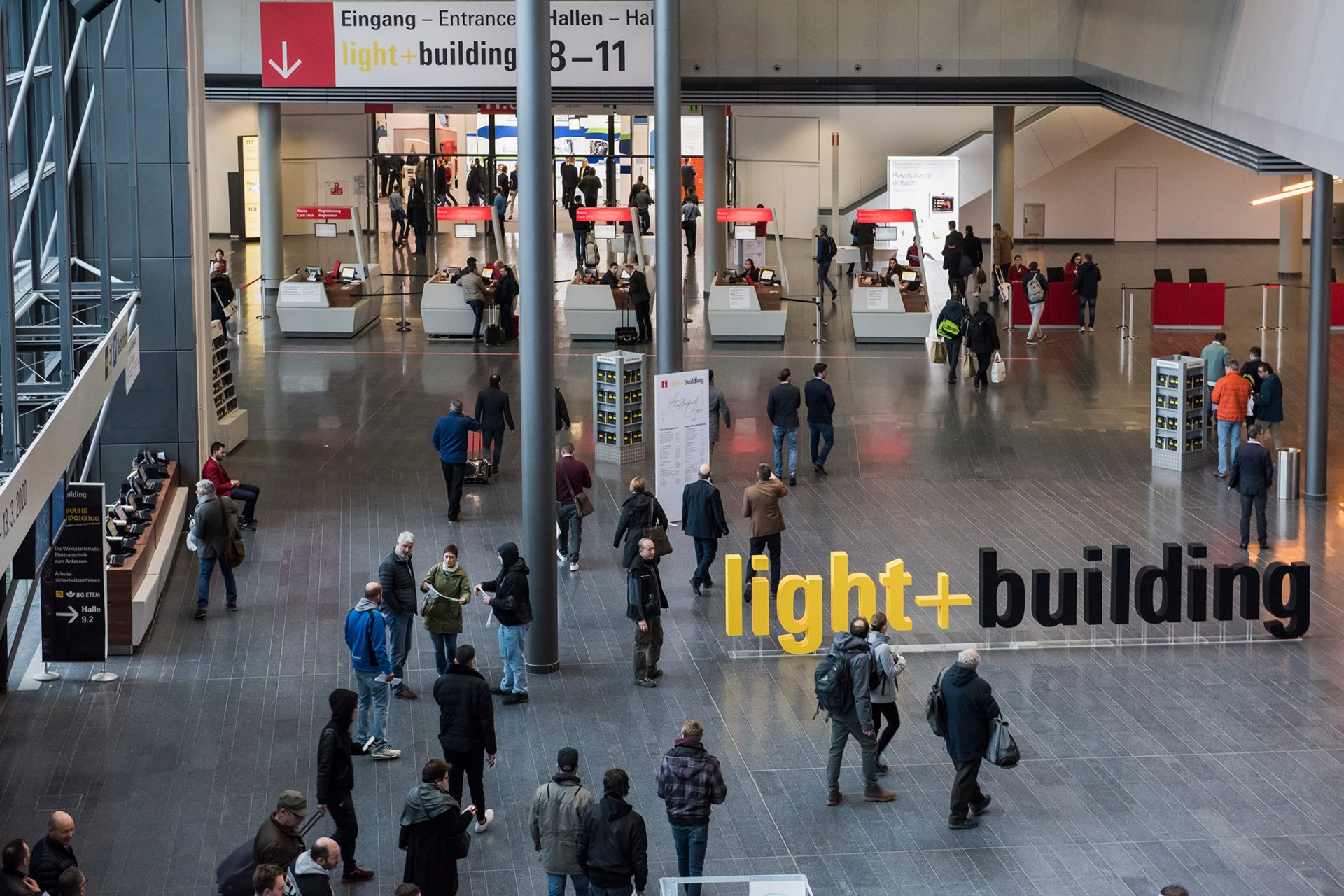Lightning Protection goes Green

The main milestone in lightning protection is the use of a single rod as a lightning receptor, by Benjamin Franklin (around 1750) and later its evolution (the ESE air terminals). Other system proposed by Maxwell (in 1876), the so-called Faraday cage or mesh cage, is also widely applied nowadays. At present, both types of protection systems coexist and are employed massively. Both are mainly composed of metal, particularly copper, in the form of large section wire. Although copper has been known and used since at least 10 000 years, 95% of the overall amount has been mined in the 20th century. Price of copper has multiplied by 5 in the period 1999- 2006 only.
In the case of single rods, two wires are used to guide the discharge from the rod itself towards the ground, so the amount of wire used is roughly equivalent to twice the height at which the rod is placed. In the case of Faraday cages, a much larger amount of copper wire is needed in order to build the grid which wraps around the whole structure to be protected.
So lightning protection can definitely go green and this industry can participate into the widening effort to reduce the use of non renewable energy and materials. The sustainable development way is definitely heading towards an increasing use of Single Rods LPS design and the drastic limitation of the Meshed Cage design to very specific sites.
For further inquiries, please contact INDELEC or its local representative.





